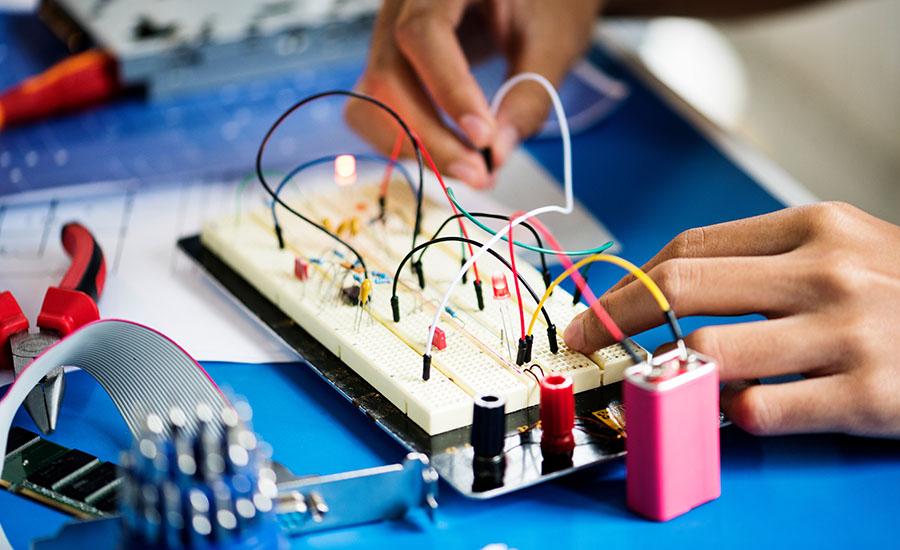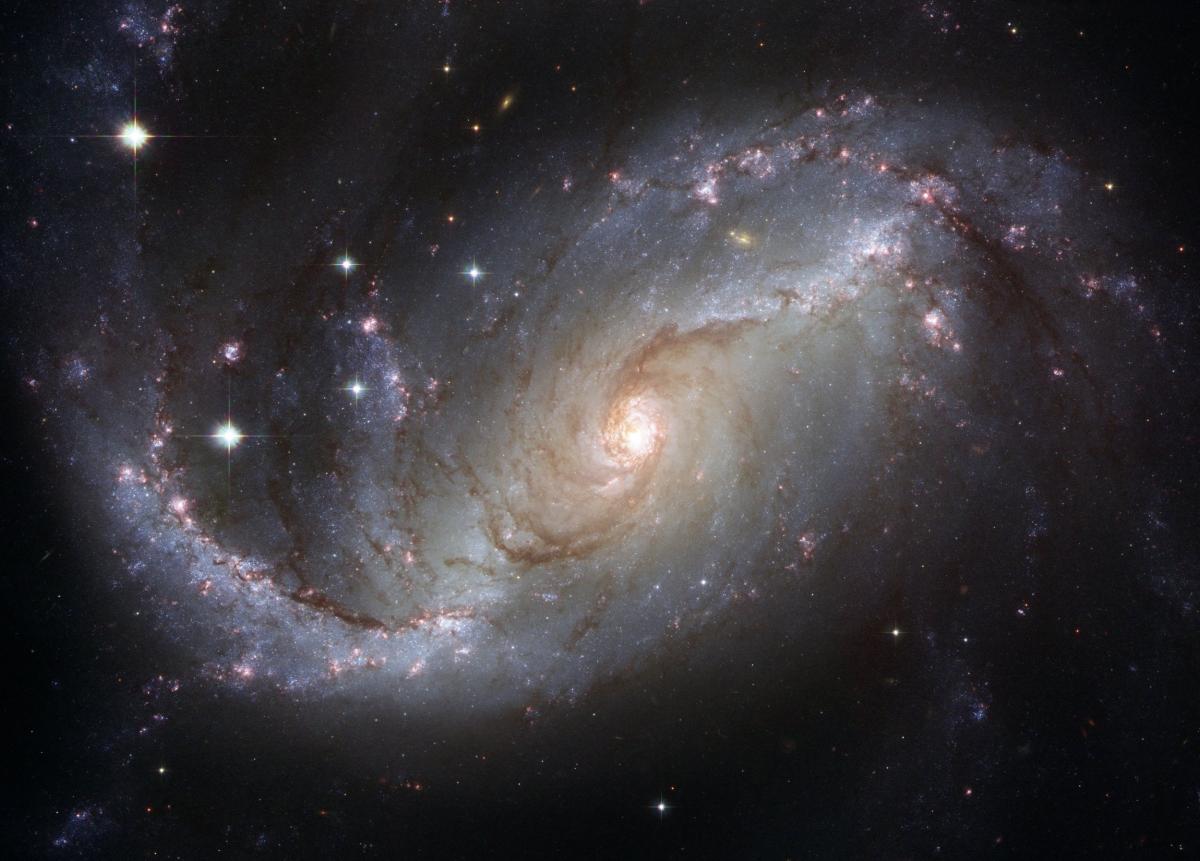
Apparent Motion of the Night Sky
by Christine Mendoza
In this engaging lesson, students will use an online planetarium and participate in a kinesthetic model activity in order to develop and revise a model explaining the apparent motion of the stars in the night sky.
Lesson Grade Level
6th GradeLesson Plan Link/URL
https://docs.google.com/presentation/d/1UwICxpJI4Ch4zFFDDidQZQgQDdcWWpJo/edit?u…Subject Area
Science Earth and Space Science E2: Earth & the Universe Technology 3. Knowledge Constructor English Language Arts (ELA) Writing
Featured
Off
Related Content

Grades:
9th Grade, 10th Grade, 11th Grade, 12th Grade
A high school physics lesson plan that uses guided inquiry to help students explore the changes in potential difference across resistors connected in series & parallel.

Grades:
2nd Grade
Students will complete a shadow activity where they will learn what happens to shadows throughout the day. They will create a hypothesis, collect observable data, and come to a conclusion about a

Grades:
6th Grade
Students will work together to create a scale to build the solar system using ratios and proportions.